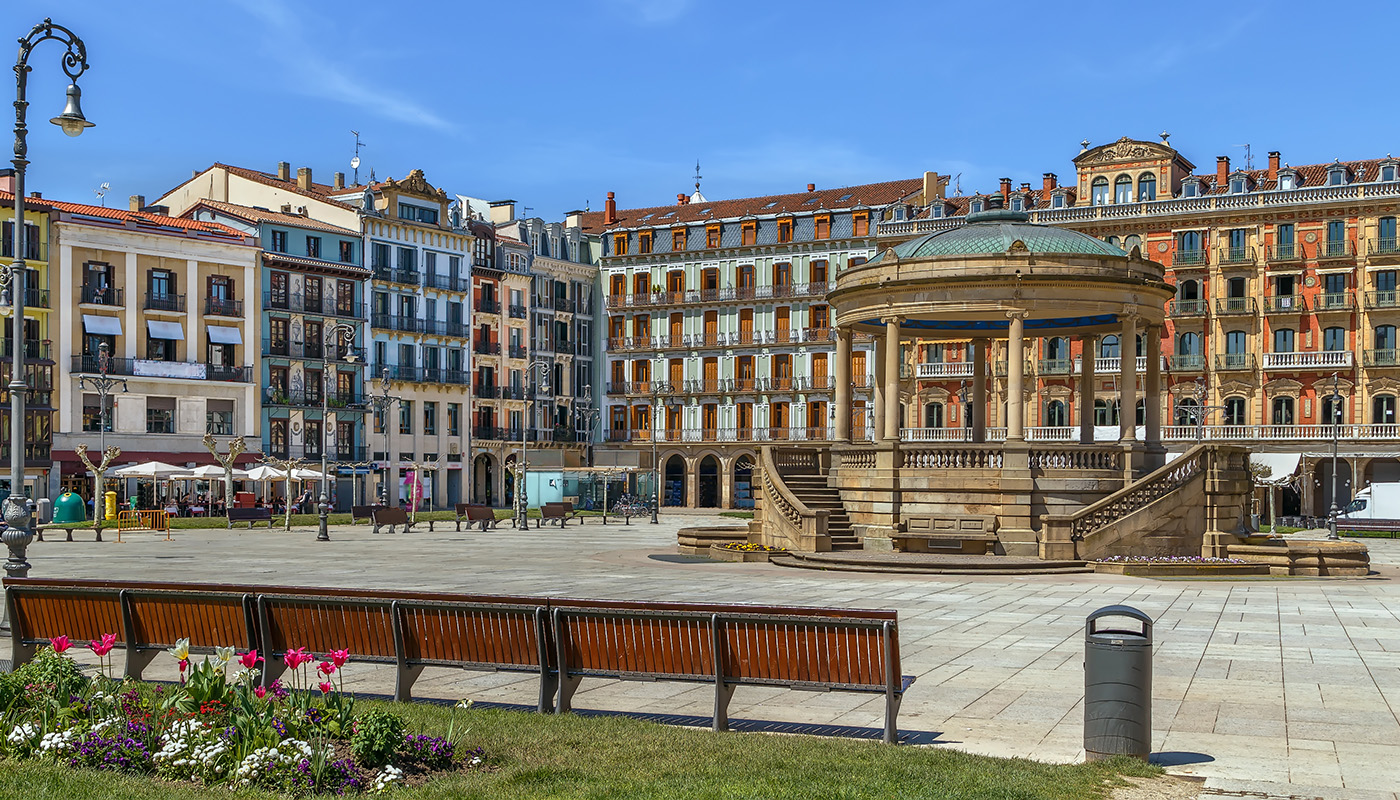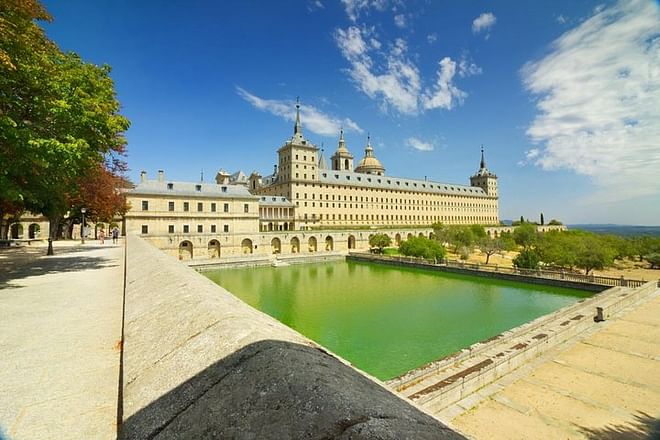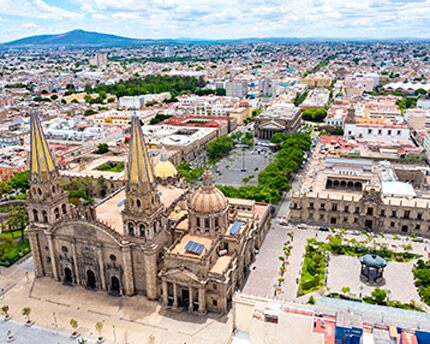In the Valle de Cuelgamuros, in the south of the Madrid Sierra de Guadarrama, there stands a massive, 150-metre-high stone cross, a permanent reminder of the darkest chapter in Spain’s recent history. Visible from a radius of 40 kilometres, this hulk forms part of the memorial complex of the Valle de los Caídos [Valley of the Fallen], built between 1940 and 1958 on the orders of the Spanish dictator Francisco Franco to “perpetuate the memory of those who fell in our Glorious Crusade”—a reference to the military uprising of July 1936 which led to the Civil War, and ended in 1939 with the defeat of the Republican Government and the beginning of the period of dictatorship. Partially constructed by thousands of Republican prisoners under extremely harsh conditions, this architectural work consists of an abbey, a hotel for visitors and the Basílica de la Santa Cruz [Basilica of the Holy Cross] of the Valle de los Caídos, an impressive temple dug into the rock which is, at one and the same time, the dictator’s mausoleum and the largest mass grave in Spain.
For all these reasons, the Valle de los Caídos is one of Spain’s most controversial monuments. Its grandiose beauty, in the midst of nature and affording striking views of the surrounding area, conceals a dark and violent past, making this monument an essential visit for anyone who wants to find out more about the recent history of Spain.
Related experiences
What to see on a visit to the Valle de los Caídos
Apart from being one of the most potent symbols of Francoism, the Valle de los Caídos is worth visiting to see its monumental architecture and the remarkable natural setting in which it stands. In the mountains above Madrid, just 10 kilometres from the famous monastery of El Escorial, the monument holds several records thanks to its massive scale. The cross is 150 metres high, but to that can be added another 150 metres if one regards as a plinth the cliff of la Nava on which it stands, and is considered the tallest Christian cross in the world. A path with a ramp and steps leads to the foot of the cross (until 2009 it operated as a funicular, which is now closed), from which one can get a better view of the huge sculptures of the four Apostles at the base, and of the four cardinal virtues in the middle of the cross.
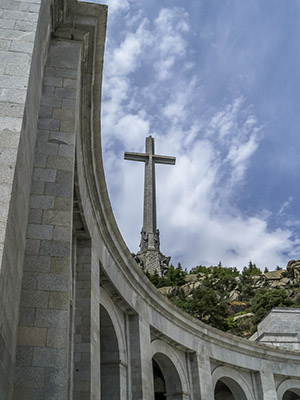
The Basílica de la Santa Cruz, at 260 metres in length, can also lay claim to being the world’s largest place of worship dug into granite rock. Built, like the rest of the complex, by the architects Pedro Muguruza and Diego Méndez, the outstanding feature of the basilica is the central nave, reached via a spacious forecourt which is preceded by a staircase, the entrance foyer and a plateresque-style grille. To the left and right of the transept, beneath an impressive dome cut into the solid rock, are six small chapels (apart from those of the Blessed Sacrament and the Sepulchre) behind which lie the columbaria holding the remains of thousands of people from both sides of the conflict, all intermingled. After the Civil War, the Franco regime brought thousands of bodies here retrieved from common graves throughout Spain—many without the consent of their relatives.
Among the basilica’s extensive array of religious iconography, which summarises the history of Spain as a Catholic nation, there stand out four bronze sculptures of archangels, each 7 metres in height, around the chancel—and the Christ Pantocrator mosaic which embellishes the transept’s cupola, the work of Santiago Padrós.
At the back of the basilica and the great cross, surrounding an extensive, 300-metre-wide courtyard, lie the buildings that comprise the Benedictine Abbey of the Valle de los Caídos, with its cloister, monastery, novitiate, choir, library, cemetery, accommodation, and a restaurant which hosts religious events and conferences; it is also a retreat for students who are preparing for examinations, among others. An interesting fact is that the choir is made up of about fifty children who every day sing the solemn mass in the basilica, alongside the Benedictine monks. This is the only choir in the world that performs the Gregorian chant every day during the academic year.
El Valle de los Caídos, an ongoing source of controversy
Forty years after the arrival of democracy in Spain, there is ever-increasing criticism of the existence of a monument seen by progressive forces as a homage to the victors in the Civil War and to the Franco dictatorship. Although it is true that the monument was conceived in that spirit, Franco amended the initial proposal by means of a Decree which, in 1957, claimed to present it as a symbol of “reconciliation” in homage to “all” the fallen.
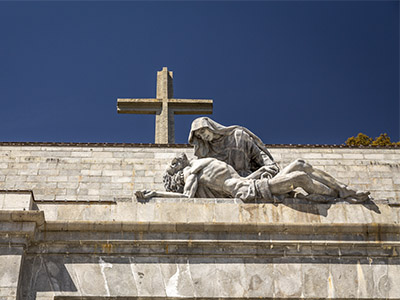
This alleged intention, however, was not supported by the monument’s dark history, nor by the fact that the place became a mausoleum when, in 1975, the dictator was interred here with full honours. Although the controversy continues, most eminent historians agree that the Valle de los Caídos was built with the forced labour of around 20,000 Republican prisoners, some of whom even died due to the harshness of the conditions. Still today, the monument is frequented by those who harbour nostalgia for the dictatorship, and come to pay tribute to “El Caudillo”.
For this reason, recent years have seen a political debate concerning the re-assignment of meaning to the monument as an interpretation centre on the Franco dictatorship and a genuine tribute to its victims, including the prisoners who built it.



















































